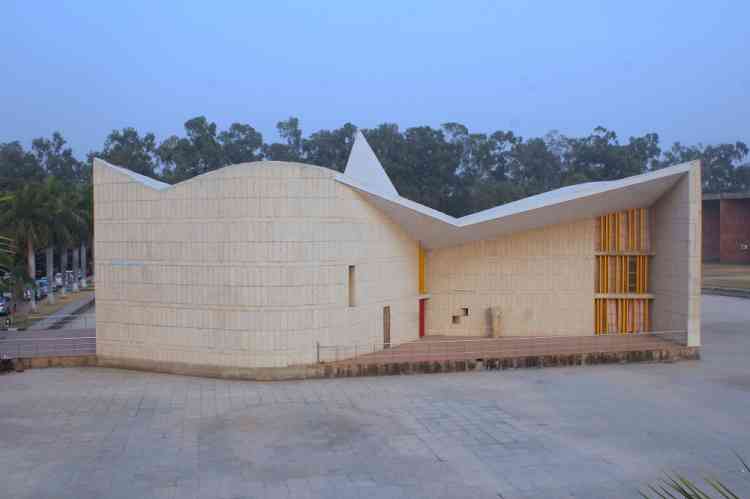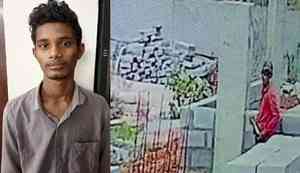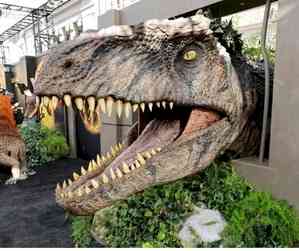Archaeological site in El Salvador reveals its secrets
San Salvador, July 8 (IANS/EFE) The secrets of the Salvadoran archaeological site Nueva Esperanza, hidden for centuries under the ashes of the ancient Ilopango volcano, have emerged to the light of day with the discovery of three pre-Columbian...

San Salvador, July 8 (IANS/EFE) The secrets of the Salvadoran archaeological site Nueva Esperanza, hidden for centuries under the ashes of the ancient Ilopango volcano, have emerged to the light of day with the discovery of three pre-Columbian burials.
Little by little, the volcanic ash has given way to the work of Japanese and Salvadoran archaeologists who announced last week the discovery of "three pre-Columbian burials at least 1,600 years old" in Nueva Esperanza, located in the municipality of Jiquilisco, Usulutan, some 70 km southeast of San Salvador, the country's culture secretariat said.
These burials are similar to the ones found several years ago in Kaminaljuyu, Guatemala, and Teotihuacan, Mexico.
The three skeletons found and recovered last April in Nueva Esperanza have been added to the first that experts found in 2007 when the archaeological site was discovered, Japanese archaeologist Akira Ichikawa, research coordinator at the site, told Efe.
What is novel about the Nueva Esperanza discovery is that two of the three skeletons are seated with their legs crossed, positions similar to remains found several years ago at the archaeological sites of Kaminaljuyu and Teotihuacan, both centres of power in pre-Columbian Mesoamerica, Ichikawa told Efe.
Further research is needed to determine whether some kind of relationship existed between those sites and the culture of the people whose remains were found in Nueva Esperanza, Ichikawa said.
The skeletons in a seated position are the second and third to be found in El Salvador, since in 2009 a similar one was discovered in the ruins of Tazumal in Chalchuapa municipality in the western province of Santa Ana bordering Guatemala, the Japanese archaeologist said..
The newly discovered skeletons are being cleaned and studied by the Archaeology Office of the National Museum of Anthropology's David J. Guzman.
A chemical analysis is being made of the remains, which are 85 percent complete, to determine their sex, age, lifestyle, what kind of food they ate, what illnesses they suffered from and other aspects of their lives, the culture secretariat said.
--IANS/EFE
ab/vm

 cityairnews
cityairnews 

















